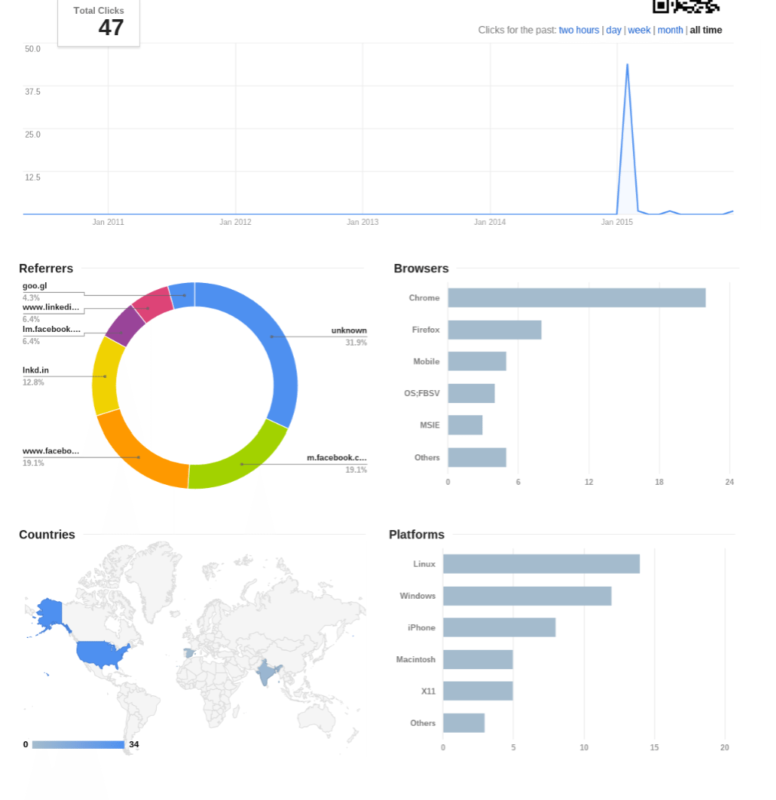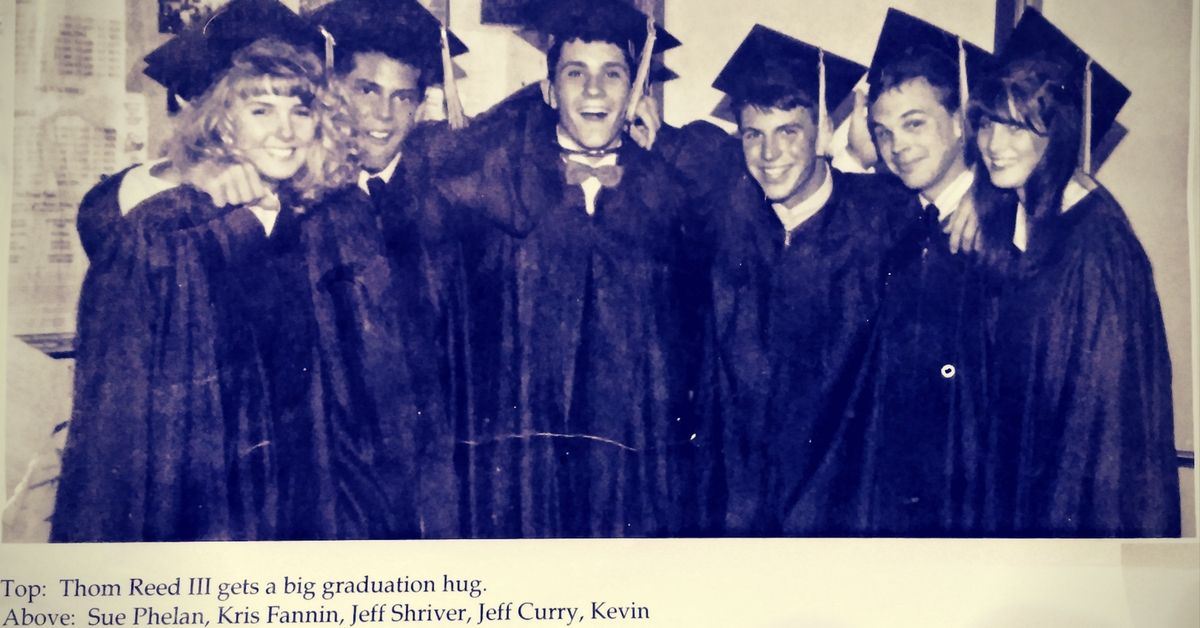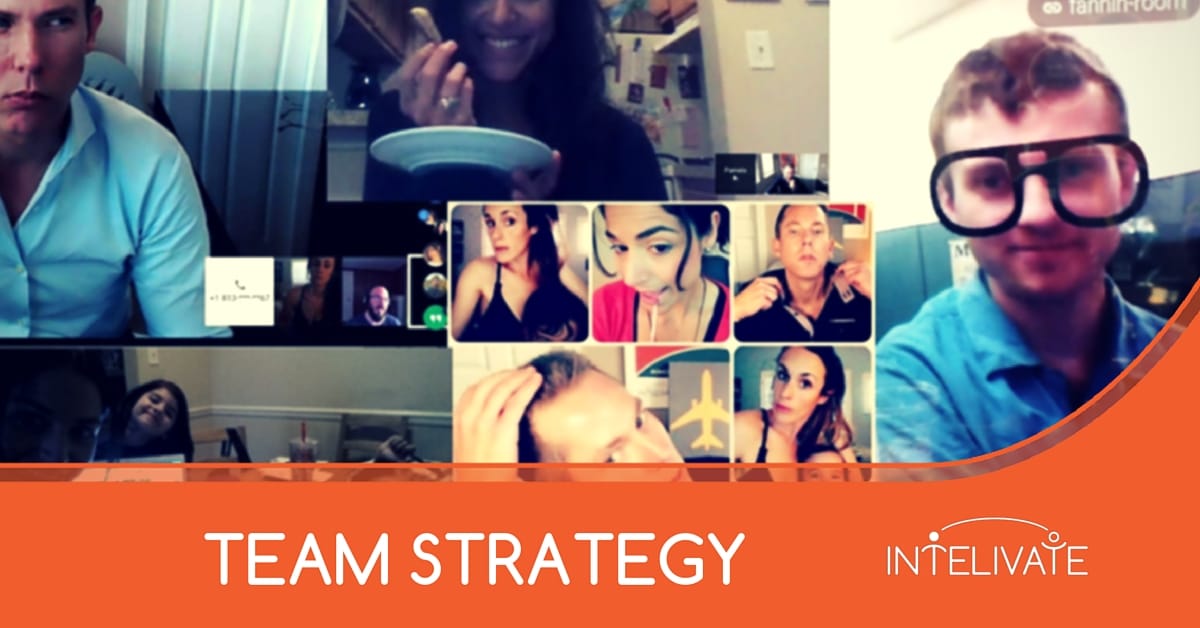We’ll show you how to list references on a resume to make them work for you and how to breeze through the intimidating process of employment verification.
Yes, you have been told that you need resume references. I want you to do it differently, and so you can leverage these references further down the hiring process. I will show you a process of how to list your references on a resume to make them work for you.
Let’s do this!
You can often use great recommendations for your resume content! So read this carefully. The content you organize in these sections is used in the resume sections and content structure step of your resume development.
 1. Originate resume references on LinkedIn.
1. Originate resume references on LinkedIn.
Have the people writing your resume references originate them on your LinkedIn profile first.
I do not care the position or experience if you do not have a LinkedIn profile you need one. I recently published an article discussing job search trends and the importance of social media in developing your personal brand (preview – I do not want you locking all your social media accounts to private).
The reasons you want resume references on LinkedIn are:
- For reference when a potential employer searches for you.
- To build your online reputation as an authority figure in the area(s) you are focusing in on your job search.
- You can potentially skip the next step.
2. Get electronic versions of your resume references.
If the references originated on LinkedIn, ask for permission to place the reference in an electronic format (you will be customizing this later in your resume content strategy). It is critical to ask for permission.
You do not want to do anything that might jeopardize a good reference you have received. If it originated on LinkedIn and you receive permission, copy it into a document in order to customize it later in the process (with permission of course).
3. Receive permission to post your resume references online.
Ask for permission to post the reference on any relevant online sources ( a personal website that is used specifically for job searches or LinkedIn). Be specific about where you will be posting it when asking for permission.
Why?
Potential employers will be looking for you before they put your resume into one of three piles for interview selection:
‘Hell Yes!’ ‘Eh. Maybe’ ‘I Can’t!’
If they cannot find anything about you, you will likely immediately fall into the ‘I Can’t!’ pile. Seriously. Give them something to find and be strategic about what they find.
The Secret 4th Resume Pile
In reality, there is a secret, fourth pile that nobody talks about – it is the one with the most ridiculous and funny (albeit not-hireable) candidate resumes passed about the HR office.
Of course, no one at Intelivate would ever think about doing that. We have just heard it happens. A lot.
4. Headline resume references & recommendations.
We are beyond the days of “Recommendations and References Available Upon Request.”
Just stop it with that.
NO!
This is why I want your resume references online. There are a few different ways you could leverage your reference links. You could just simply paste a link to a recommendations resume section on your personal site or paste several links to individual recommendations.
That is common, though, and you are anything but common.
Here’s what you should do to make your references shine and work for you at that moment.
Remember, the goal is to make the hiring manager NEED to click the link to read the resume references.
Think of your resume references links as search results on the web. If you put in a search term and just got a bunch of URL links, you would not know what to click on and would probably just not bother.
So what makes you click on a link in a search result?
The headline and description.
Hot damn, YES! You are going to headline your resume references links. Hot, hot, hot links!
How to List References on a Resume with Linked Headlines in 5 Steps
1. Develop ‘pull statements’ for your resume references.
Search all of your references for your top five keywords. As you are reviewing the hits, pull out statements or quotes that communicate an influencing message about you.
Copy and paste these statements in a document.
2. Prioritize resume recommendations based on the headline, quality, and relevance.
Pick 3-5 of the top comments. Keep each to no more than 100 characters. Ideally, you want around 60-80 characters so you might use ‘snippets’ of the statements instead to keep them an ideal length.
Balance the quality of statements and the authority of the individual that wrote the reference and make sure that the references are relevant to each submission. Your Aunt Sally has some great things to say about you, but her opinion likely won’t hold much weight in this situation.
3. Insert and format reference content.
Type the statement or snippet into your resume and then put the name, title, and company underneath.
4. Link your resume references.
Highlight the snippet headline and link it to the URL where the recommendation resides.
5. Link the reference author.
If appropriate, do the same for the person who wrote the resume reference (do NOT link to a personal Facebook page. If you do this, it should be related to a professional networking site like LinkedIn) and company if the profiles show authority.
In all instances, ask the person her preference in personal and company bio link.
Resume Reference headline link example
Here is an example of the order and structure.
Once you get to customization, you might also include a picture and experiment with link colors. Just don’t go wild with it all.

REMEMBER! Always get permission from the individuals that wrote you resume references, especially if you are considering linking to one of their online profiles.
Most should enthusiastically approve as it helps to promote them in the market. Just remind them of this and end with “You are welcome.”
Kidding. Sort of. Kind of. Not really.
Bonus: track effectiveness with analytics
If you want to get creative and use analytics, you could develop a custom URL and track for opens. I am a numbers person, and I love analytics to assess effectiveness.
There are many ways to do this, but the easiest would be to use the Google URL shortener service.
1. Go to https://goo.gl/
2. Sign in with a Gmail or Google Apps for Work account. Note: You can use the shortener without signing in, but you cannot track analytics unless you generate the URLs while signed into the service.
3. Paste one of the original URLs into the shortener and then hit “Shorten URL.”

4. Document what content the URL redirects to (specific recommendation).
5. Once you generate the URL, you can come back at any time to goo.gl.
6. Click on the “details” of the URL you wish to analyze. You get some cool analytics!

7. Copy the URL in the browser while in the analytics section and paste it in the document that you developed in step 4.
Now all you have to do is click the link in the text, and you can track the links of your resume references at any time!
Don’t get obsessed and start stalking. It is not a cute side of you or analytics.
Fancy-dancy analytics tip!
If you want to get sophisticated, you could do a unique, shortened URL for each resume you submit.
Make every link in your resume content a unique, shortened URL for each with each resume you send. Alternatively, just pick the ones you want to track.
If you do this, be sure to record the information below for each link.
Feel free to save a copy of this URL tracking template and modify it how it is best for you.
Test links
Please, please, please check each and every single link that you put on your resume.
Especially if you are using shortened URLs, make sure they work! Also, check them occasionally on the tracking spreadsheet to ensure you did not inadvertently delete or change the privacy settings on a profile, document or web page.
This is especially important if you are linking to sites and profiles that you do not control
Resume Employment Verification Process – Verify Everything that will be Verified.
Yes, you read that right. It seems redundant, but it is critical.
Why?
Let me first let you into a little-known secret of hiring.
What does employment verification indicate?
The employment verification process begins:
- Before an offer is given where a few of the top candidates initiate the screening process.
- When an offer is given, accepted and the offer is contingent on a successful screening process.
This is to make the process easier and less expensive.
Read that second situation again. Also, again. Once you think you have it memorized, read it again.
You are likely about to get an offer or have already gotten an offer when asked to start the employment verification process. You’ve gotten so far; you do not want to mess it up with simple administrative issues.
Prepare in advance, as much of employment verification is the core of your resume content.
If you fail key components in the process, your offer is terminated. In some cases, this might happen after you start the job!
How. Embarrassing.
That can be a real slow-down for your fast-track.
Here’s what you need to do to and verify before building your resume:
1. Disclose everything asked during the employment verification process.
Got a DUI? Bankruptcy? Been job-jumping and fudging the dates? Don’t hide anything.
Depending on the role, you may still be hired if you are honest. If you lie and when caught in the screening process (it almost always is), you are toast. You do not have a chance, and they generally won’t give you the opportunity to explain it.
For example, I have known employers who would have hired a candidate with a DUI or arrest had the candidate revealed it on the pre-screening form.
If asked if you have an arrest history, and you do, LIST it.
You should not list this information on your resume, but many times at the point of resume submission, you are asked to reveal this information.
Be prepared to explain these, however. Start that conversation in your mind yesterday, so you are confident – and rational – in your responses.
2. Confirm critical employment details before the employment verification process.
When employment verification happens, it is usually a quick call from an outsourcer who has goals to meet. The HR administrator they speak with likely hasn’t a clue as to who you are.
Administrative errors happen. We all make mistakes. Just don’t let them happen on your verification clock. If possible, confirm these critical details with your former employer (usually the HR department):
A. Job titles
Make sure you have an exact (if not near perfect match) for what is on file with each organization.
It is not uncommon for them to miss a role or jumble a title, especially in switching HR systems and during mergers. Do a thorough verification to ensure that the information you have passes employment verification.
If there is too much discrepancy at the time of screening, you might not even get a chance to explain. Verify it before you write it.
B. Employment dates
Dates include role/title specific dates as well as inclusive dates of employment within an organization. These dates are often incorrect during employment verification.
The person calling to verify will assume your former employer’s information is more accurate than yours.
C. Compensation
You are brilliant!
You bumped your reported salary up as a method of getting higher pay at your new employer. It worked so congratulations!
Until they verify your compensation history. Guess what. They likely will, and it might be after you have already started the job. What’s happens next? Probably a big, fat,“Bye, Bye, Felicia!”
Just be honest and verify. This is often an area that crosses in verification either through system changes, incomplete records, and mergers.
Do NOT combine salary and bonus – unless asked.
If asked for salary, DO NOT include a bonus. Why?
If the verification center asks for salary, your reported compensation is now overinflated. Do you think the representative is going to sit there and do the math for you? Nah.
That person has so many verifications to get done in an hour and day.
D. Roles & responsibilities
Although not discussed in detail during the employment verification process (senior leaders and executives are often an exception to this), if it does, you want to make sure that it matches.
If the HR department does not confirm this, either ask for a job description transcript or if you have one, just use that. Most HR files will have the original job description on file.
If you are looking for your first post-graduate job, do the same with committees, boards or volunteer activities that you list on your resume.
Here is a model resume to help get you started.
There! You just survived the resume references and employment verification process. Now you are ready to go to the next phase of your resume development strategy – resume sections and structure.
Want one of our experts to review your resume or work with you to develop it? Be sure to explore our new resume development and career solutions!
Resume Development Guide Sections
Part 2: Resume Keywords and Analysis
Part 4: What are the Sections of a Resume and What to Put on a Resume
Kris Fannin
Kris Fannin is a passionate change agent in workforce transformation. For more than 25 years, he's had the privilege of partnering with dozens of client organizations and leading hundreds of teams to become powerful influencers.
"Your legacy will be defined by the passion and impact of the people you influence. What do you want your legacy to be?"
 1. Originate resume references on LinkedIn.
1. Originate resume references on LinkedIn.


